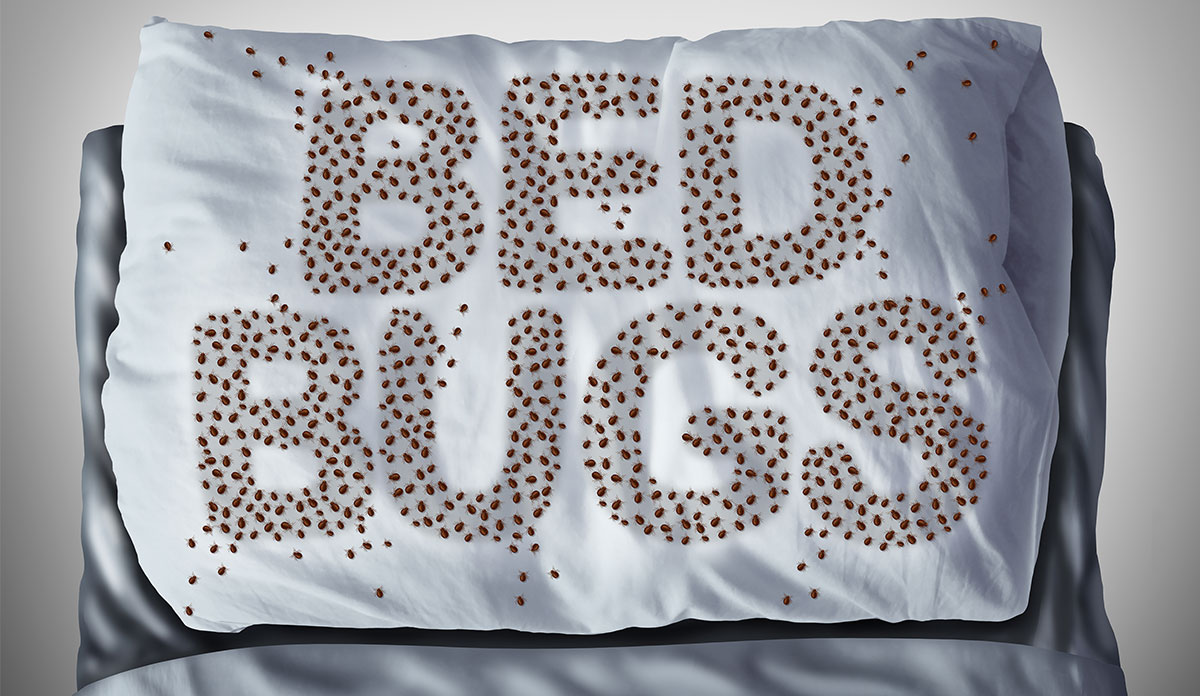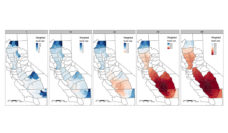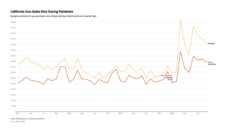They may lurk on your couch, beneath the sheets or where wall and ceiling meet. They wait for a feast of human flesh, but may snack on your pets if they have the chance. On your skin, you may notice blood and bites. Though they thrive in the dark, bedbugs may still feast in the light.
Bedbugs are as small as the width of a credit card. Their thin and adaptable bodies make them difficult to spot and exterminate. Infestations, which may last weeks or months, can even induce social isolation. And symptoms of post-traumatic stress disorder including nightmares, flashbacks, insomnia, anxiety and avoidance behaviors. Families respond to infestations with hypervigilance, doing anything they can to rid their homes of the tiny terrorists.
The pests have consistently plagued the United States. However, in 1939 Paul Hermann Müller popularized DDT, an extremely effective insecticide. His goal was to stop crop infestations causing food shortages in Switzerland, but DDT also terminated bedbugs. The insecticide was banned by the EPA in the 1970s when bedbugs were becoming resistant to it anyway. Declining use of DDT and insecticide resistance caused bedbugs to return with a vengeance.
A team led by April Strid compared the outcomes of professional exterminators and nonprofessionals using pesticides to rid homes of bedbugs. Employing a professional exterminator may seem like the obvious choice, but the price is out of reach of many. In 2015, the median cost of bed bug control for a single-family home in the United States was $1,225. For comparison, the median asking price for rent in 2015 was $1,381. In the absence of emergency cash, people take matters into their own hands to relieve themselves of the monsters in their beds.
Symptoms of pesticide exposure vary based on the ingredients and duration of exposure, but common symptoms include vomiting, dizziness, weakness and sweating.
The researchers analyzed self-reported bedbug cases from the National Pesticide Information Center and found that 14% of nonprofessional pesticide applications were misapplied. Even worse, 70% of those misapplication cases resulted in human exposure to the pesticides. Symptoms of pesticide exposure vary based on the ingredients and duration of exposure, but common symptoms include vomiting, dizziness, weakness and sweating.
The authors call for improved product labeling to reduce the potential of misapplication. Certifications and licensing for professional exterminators prevent misapplication and human exposure, but these procedures offer no assistance to families that cannot afford professionals.
The Environmental Protection Agency offers chemical-free bedbug treatment methods, which are safer for families, but may not be as effective as chemical alternatives. They also provide strategies to prevent the spread of bedbugs, which may reduce the longevity or intensity of the infestation. Public information campaigns are another suggestion to communicate information about safe bed bug control. Pesticide manufacturers, state health agencies and pesticide regulatory agencies benefit from ensuring that pesticides are used safely by both professionals and novices.
Not everything from childhood has changed. We’re still troubled by monsters that may be beneath us while we sleep.
Photo via Getty Images














